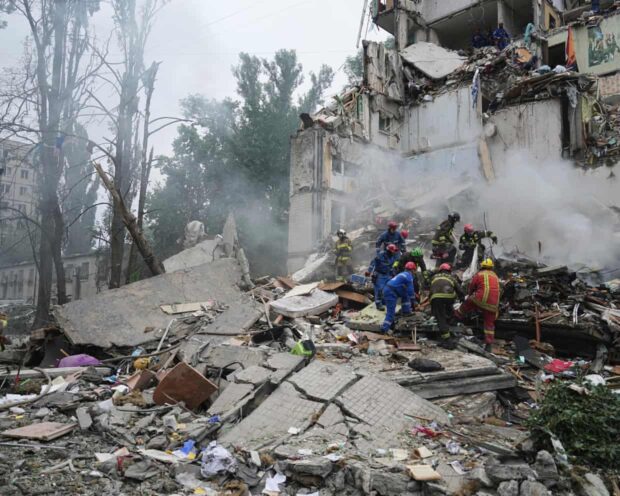
Scientists Predict 86% Chance of Temperatures Exceeding 1.5°C Threshold in Next Five Years
Global temperatures are projected to exceed 1.5°C above pre-industrial levels during the next five years, according to new scientific analysis.
Following 2024’s record temperatures that temporarily surpassed the 1.5°C threshold established by international climate agreements, climate predictions indicate an 86% probability that another year within the next five will reach similar levels.
The analysis conducted by the World Meteorological Organization (WMO) and the UK’s Met Office calculates a 70% probability that the five-year global temperature average will exceed 1.5°C above pre-industrial levels.
Research shows an 80% probability that at least one year between 2025 and 2029 will establish a new global temperature record.
Climate models indicate, for the first time, a possibility that global average temperatures could surpass 2°C above pre-industrial levels before 2030, although researchers note that this remains exceptionally unlikely, with an estimated probability of approximately 1%.
Scientists project that northern Europe may experience particularly wet winters over the next five years, representing a key climate concern for the region and increasing flood risks.
The Paris Climate Agreement established commitments to limit global warming well below 2°C above pre-industrial levels while pursuing efforts to restrict increases to 1.5°C to minimize impacts, including sea level rise, drought, floods, heatwaves, and extreme weather events.
Global average temperatures exceeded 1.5°C above the 1850-1900 baseline for the first time in 2024, influenced by El Niño climate patterns in the tropical Pacific combined with human-caused warming.
The projected likelihood of exceeding 1.5°C over the next five years does not indicate a permanent threshold breach, as long-term warming calculations use 20-year averages.
Scientists estimate current warming at approximately 1.4°C above pre-industrial levels, measured from an 1850-1900 baseline preceding large-scale fossil fuel combustion.
Met Office Professor Adam Scaife stated these predictions suggest proximity to commonplace 1.5°C years. He noted that following one occurrence in 2024, such events are increasing in frequency, referencing the 86% probability of another 1.5°C year within five years.
Scaife described these as significant statistics, noting the unprecedented possibility of a 2°C year appearing in computer predictions for the first time. While maintaining this remains exceptionally unlikely at roughly 1% probability over five years, he emphasized that such scenarios were previously impossible.
The WMO’s annual global climate update, produced by the Met Office, projects that rainfall patterns for May-September 2025-2029 will be wetter than recent averages for the Sahel, northern Europe, Alaska, and northern Siberia, while the Amazon region may experience drier conditions.
Arctic warming is expected to continue exceeding global averages, affecting regional wildlife and communities.
WMO Deputy Secretary-General Ko Barrett noted that the recent decade included the 10 warmest years on record. The report indicates continued temperature trends over the coming years, suggesting ongoing impacts on economies, daily life, ecosystems, and planetary systems.

















Be the first to leave a comment